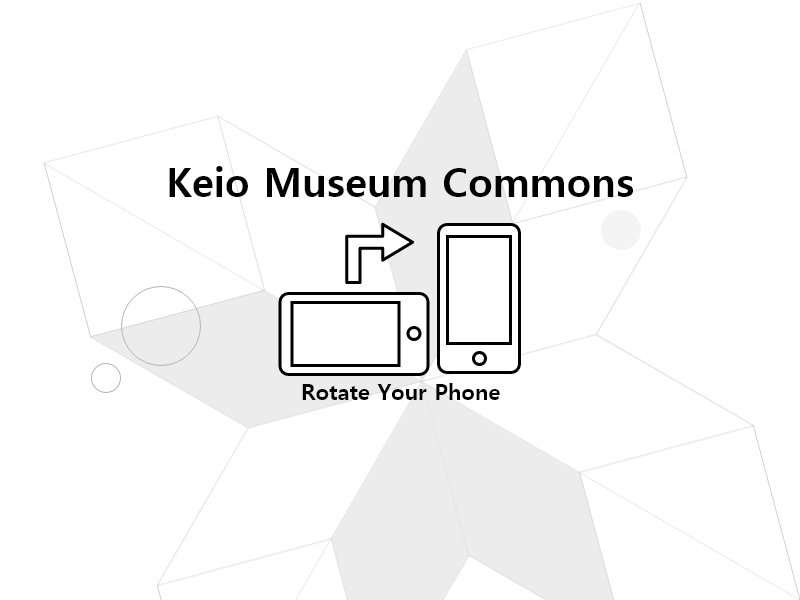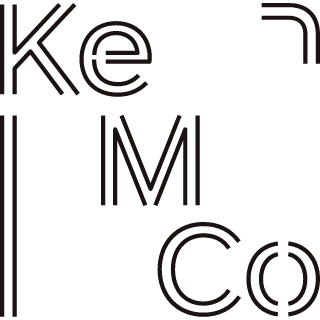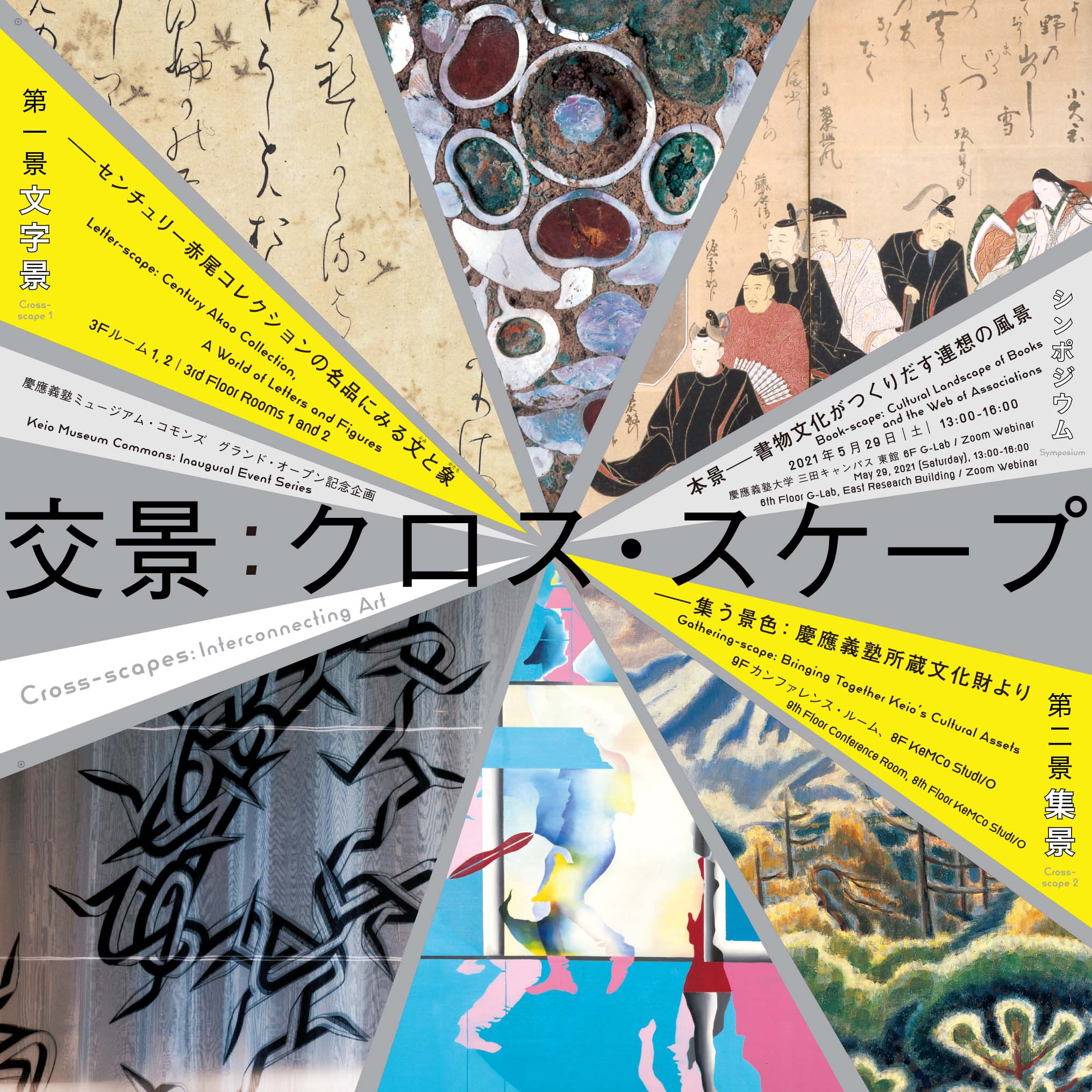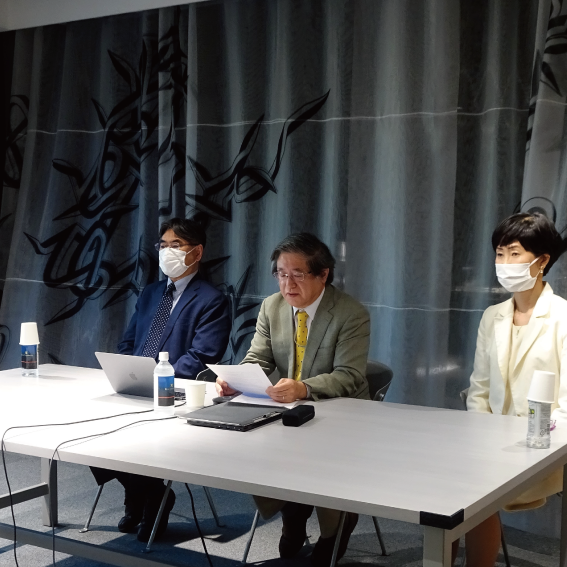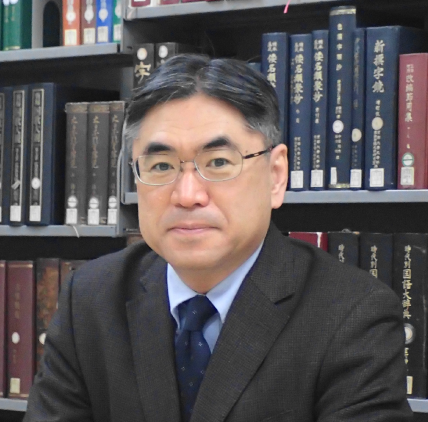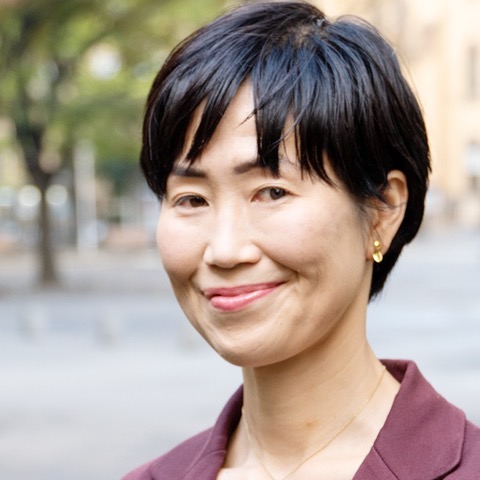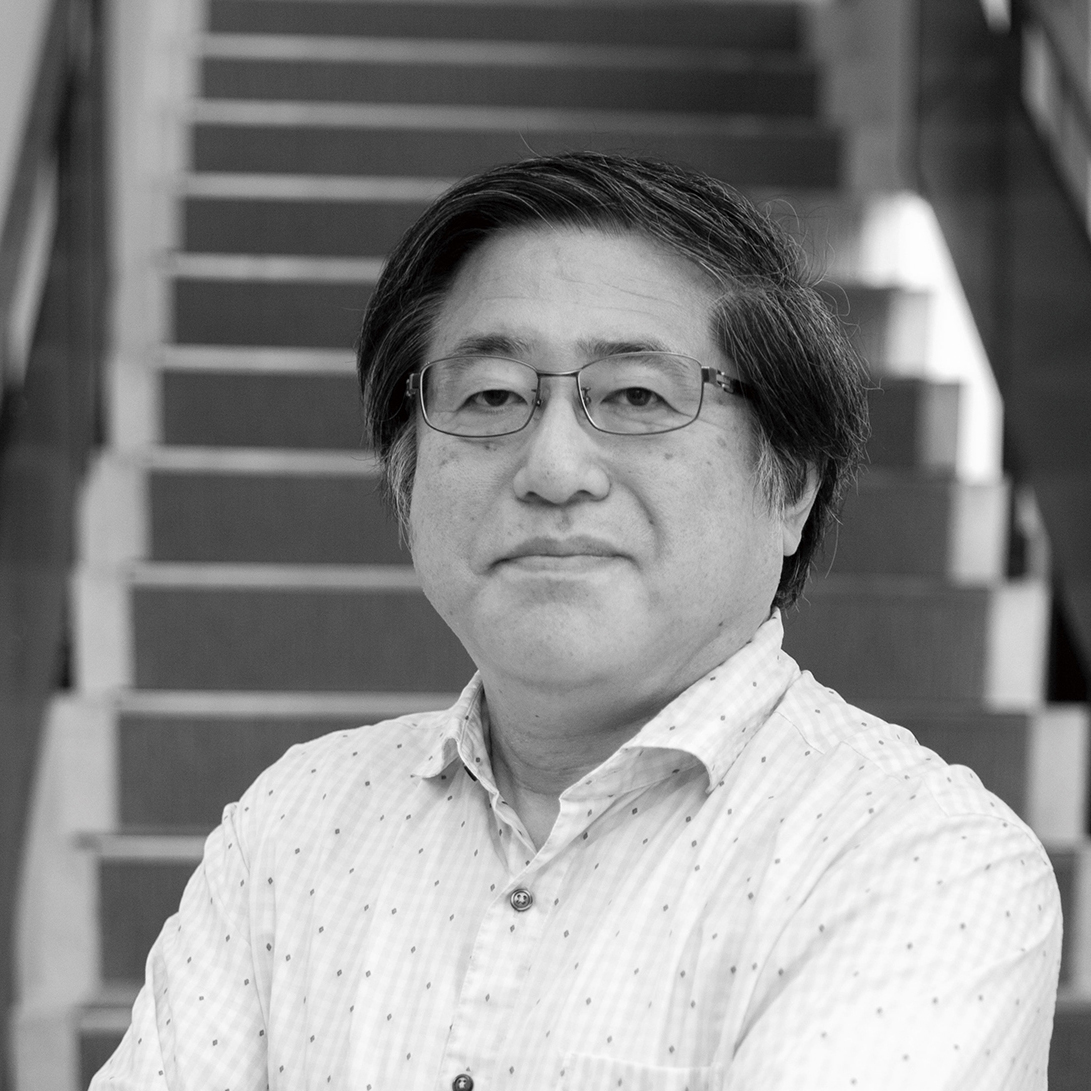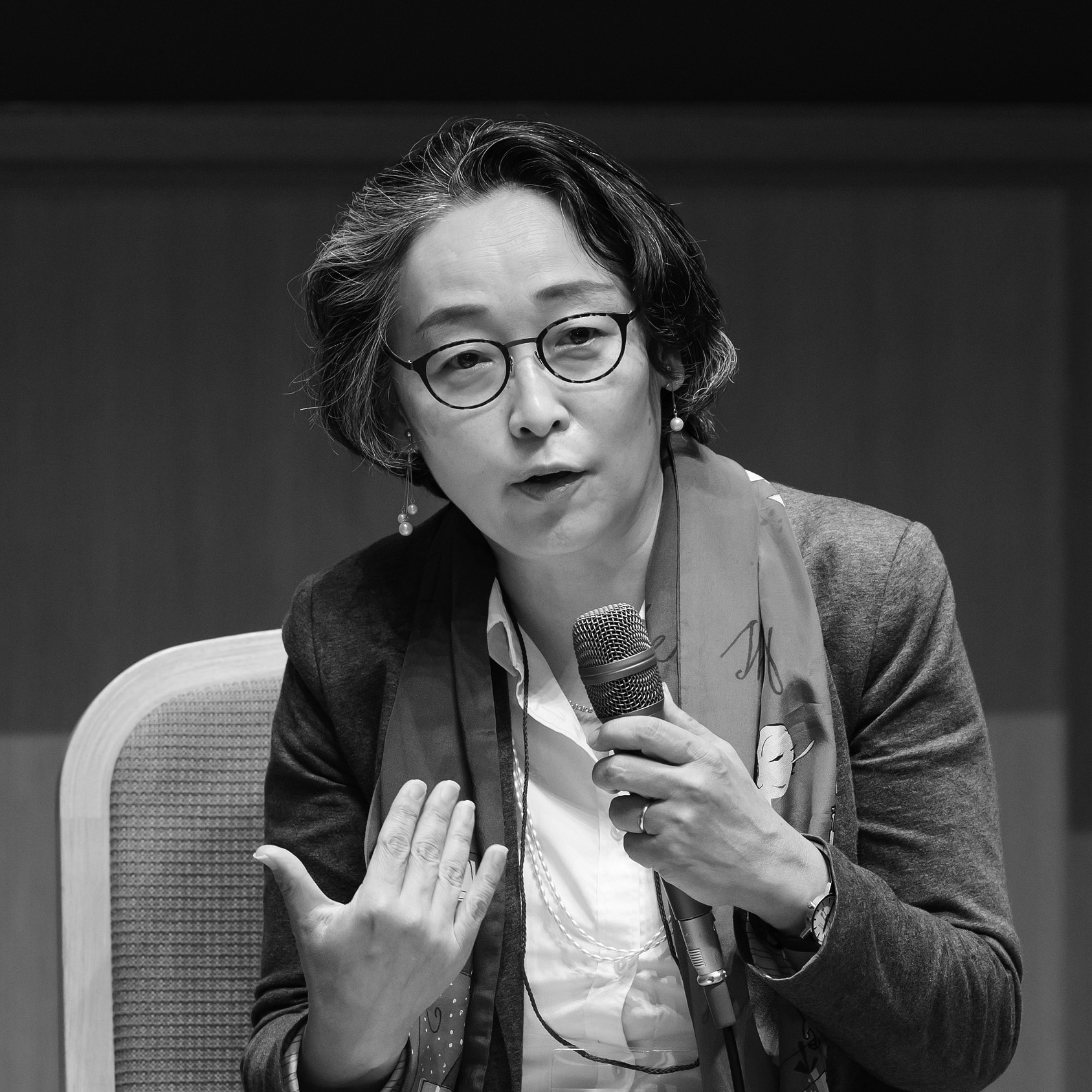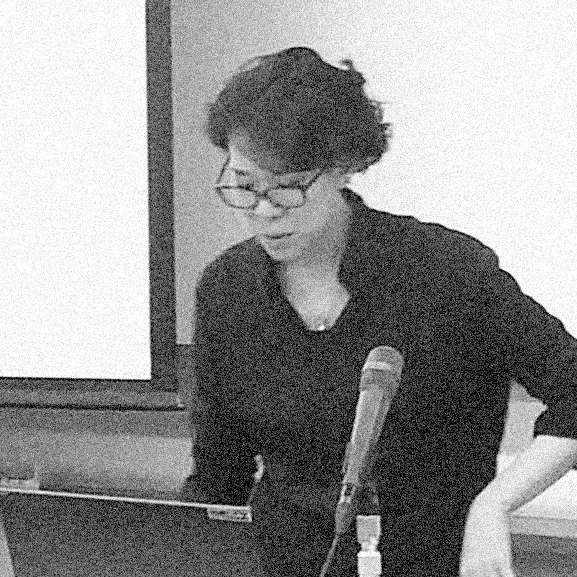KeMCo International Symposium | Book-scape: Cultural landscape of Books and the Web of Associations
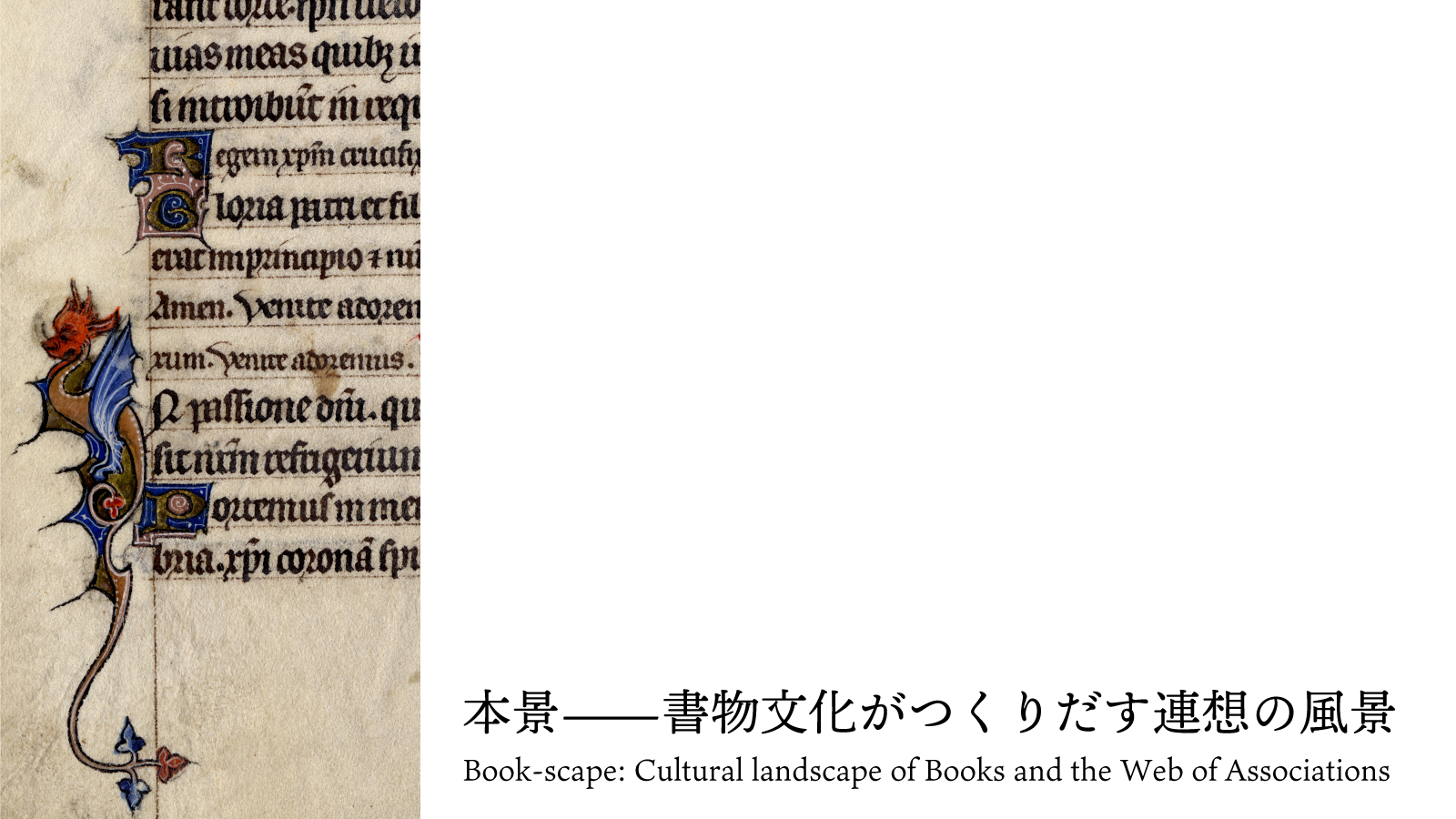
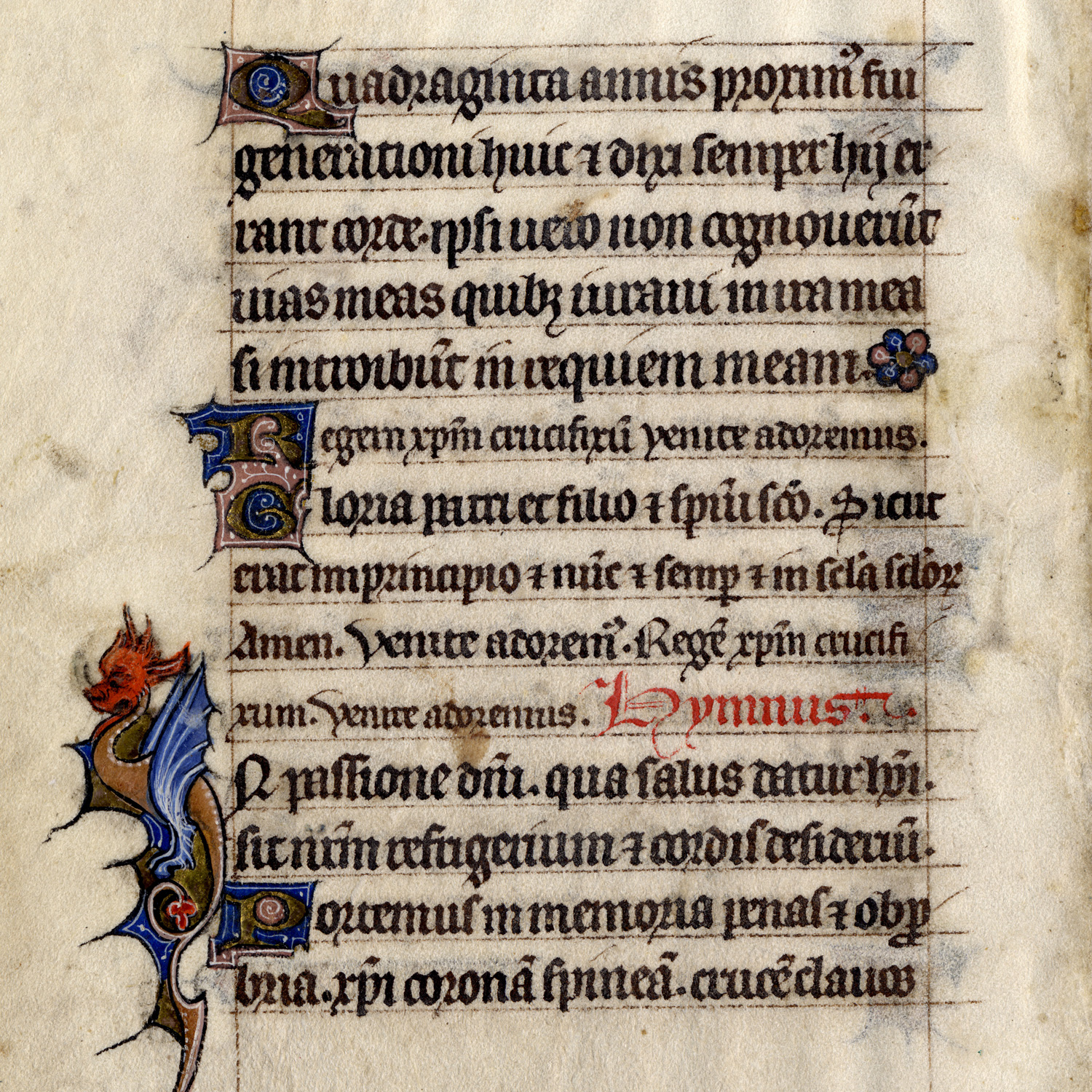
The symposium explores how the book as both a physical object and a cultural practice can create its own cultural ‘landscape’ within the network of art, contributing a new insight into it.
Date
Saturday, May 29, 2021, 18:00 – 21:30 JST
Venue
Online (Zoom Webinar)
To join the symposium, please register via the link.
https://keio-univ.zoom.us/webinar/register/WN_u5VK_O3iTjODQi4zESJuTA
Audience
Open to everyone
Cost
Free
Enquiries and
bookingsKeio Museum Commons
03-5427-2021
hello@kemco.keio.ac.jp
Language
The symposium is delivered bilingually in English and Japanese. Papers are presented in English or Japanese, and translations are provided with subtitles. Discussions are available in both English and Japanese.
Programme
Opening remark Prof. Takami Matsuda (Director, KeMCo/ Professor, Faculty of Letters, Keio University)
Part I: The future book-scape: new challenges in methodology and context (18:10-)
The curation of collections of books and archives and the study of Material Culture – an exploration of a methodological challenge
Dr Kristian Jensen (Former Head of Collections and Curation, the British Library / Chair of the Consortium of European Research Libraries)
Book as Vibrant Archive: New Scientific Approaches to Old Books
Prof. Alexandra Gillespie (Vice-president, University of Toronto and Principal, University of Toronto Mississauga)
Book-scape at KeMCo: materiality of the book in the museum context
Prof. Takami Matsuda (Director, KeMCo/ Professor, Faculty of Letters, Keio University)
Part 2: The Japanese book-scape in the global context (19:40-)
The Art of the Book and Books as Art
Dr Alessandro Bianchi (Bodleian Japanese Librarian, Bodleian Libraries, University of Oxford)
On the tradition of miniature books in Japan
Prof. Takahiro Sasaki (Chair and Professor at the Keio Institute of Oriental Classics)
Modernization in Japanese Book Design: A Glimpse into the Meiji Period
Prof. Satoko Tokunaga (Professor in the Faculty of Letters, Keio University)
Discussion (20:50-)
Dr Kristian Jensen, Prof. Alexandra Gillespie, Prof. Takami Matsuda, Dr Alessandro Bianchi, Prof. Takahiro Sasaki and Prof. Satoko Tokunaga
Moderator: Yu Homma (Assistant Professor, KeMCo)
Closing remark Yohko Watanabe (Vice director, KeMCo / Professor, Keio University Art Center)
Panelists and Abstracts
Dr Kristian Jensen (Former Head of Collections and Curation, the British Library / Chair of the Consortium of European Research Libraries)
The curation of collections of books and archives and the study of Material Culture – an exploration of a methodological challenge
At a prominent UK research institution, with a sophisticated library and with a strong art historical tradition, a seminar was recently run called the “Material World”. It aimed at bringing “together academics and heritage professionals from a wide range of disciplines including history, art history, cultural history, archaeology, anthropology, history of religion and museum studies.” Books are not mentioned, apparently not perceived to be an important part of the material world. While the study of art in books is established, even when it expresses itself as the study of material culture, art history and museum studies have found it a challenge to embrace books as part of the material world.
My paper will suggest that established career patterns and associated fixed patterns of thinking play their part in establishing or reaffirming this perception, but that the difficulty is essentially conceptual, residing in the complex nature of books, as carriers of meaning which is perceived to be infinitely replicable and detachable from the objects that carry them. This contrasts with the physical evidence that surrounds us: at least in Western Europe, books are among the most numerous surviving objects from our pre-digital past. If we want to consider books as museum objects or in the context of museum objects, we benefit from first trying to understand why this has proved to be so difficult. In my paper I will set out to understand the nature of this intellectual challenge.
Prof. Alexandra Gillespie (Vice-president, University of Toronto and Principal, University of Toronto Mississauga)
Book as Vibrant Archive: New Scientific Approaches to Old Books
Books survive in greater numbers from the past than almost any other human-made artefacts. Containing precious evidence of languages, scripts, art, and stories of past peoples, the hand-crafted books of history are also vibrant archives of human encounters with the nonhuman. They are confections of animal skins and mineral pigments as well as words; they have been marked by insects as well as inks; they witness epidemiological and climate change as well as religious and political upheavals.
This talk approaches the “book” in a capacious way: a writing surface, taken from the natural world, hand-crafted to bear textual records (Gillespie, 2019). Books can be rolls, leaves, screenfolds, codices, tablets, and even standing stones. Uncountable numbers of these books have been lost to time, and those that survive still keep many of their secrets close. My talk will argue that, to uncover their meanings, to read their diverse texts and scripts alongside their materials, physical structures, and layers of accretions, we need to marshal innovative, interdisciplinary approaches. I will discuss how we are developing such approaches in the Old Books, New Science Lab in Toronto, marrying humanistic inquiry with technical processes, such as μCT to model the internal structure of books and identify book materials (e.g., wood species) by density; eZooMS and integrated proteomics to identify the animal species used for pages and book glues; and mycology to study the moulds and fungi in books.
Dr Alessandro Bianchi (Bodleian Japanese Librarian, Bodleian Libraries, University of Oxford)
The Art of the Book and Books as Art
Books are more than just text. Art always played a crucial role in the production of manuscripts and printed publications, which for centuries have been embellished with a rich paratextual apparatus (illustrations, illuminations, bespoken covers, calligraphy, and typography). The creation of original artworks in book format began in the twentieth century, when books became a medium for artistic experimentations and a vehicle for the dissemination of new aesthetic sensibilities—e.g. avant-garde movements, conceptual art, and most recently digital art. This talk explores the role that art played in the production of books, looking at the relationship between artistic ingenuity, paratext, and materiality.
Prof. Takahiro Sasaki (Chair and Professor at the Keio Institute of Oriental Classics)
On the tradition of miniature books in Japan
Miniature books exist all over the world, but Japan has a particularly long tradition of them. The oldest printed book in the world with a definite date, the Hyakumanto Darani, can be said to be the oldest miniature book in Japan. After the establishment of commercial publishing in the 17th century, printed miniature books began to be produced in abundance, many of which have illustrations, one of the characteristics of classical Japanese books. In this presentation, I would like to trace the history and tradition of miniature books in Japan by examining as many surviving examples as possible, with regard to their size, bookbinding, and content, and classifying them according to their purpose of production, such as utility, decoration, and taste, from the 8th to the 19th century.
Prof. Satoko Tokunaga (Professor in the Faculty of Letters, Keio University)
Modernization in Japanese Book Design: A Glimpse into the Meiji Period
Books are witnesses to history, reflecting social, cultural and technological transformations. This talk sheds light on Japanese book production in the Meiji period, when Japan started its programme of modernization through the introduction of political, economic and social system from the West. During the late 1800s, the Japanese printing industry gradually became Westernised and mechanised. Book binding and cover design also shifted from a Japanese style to a Western one. However, the process was not always radical. This talk explores gradual changes in physical aspects of Japanese book design in the Meiji period, with a special focus on binding. Examples include books introducing famous locations and landscape, which are much like modern-day guidebooks. While the genre was already popular in the Edo period, during the Meiji period, the development of the railway network facilitated travel and people started to enjoy leisure trips. A number of guidebooks were issued, and the Western influence on book design started to appear in the mid-Meiji period. Such books may reveal intricate layers and cultural landscape of the modernization of Japan.
Prof. Takami Matsuda (Director, KeMCo / Professor in the Faculty of Letters, Keio University)
Book-scape at KeMCo: materiality of the book in the museum context
The materiality unique to each book transforms the book, which is essentially a form of media, into a unique cultural artefact, but it is necessary to recognize that materiality is inseparable from mobility of the book. Mobility can be an essential aspect of any cultural assets but the mobility of the book is realized by its paratext with regard to informational content as well as to physical form. My paper explores how materiality and mobility of the book can be grasped more readily by placing the book in the context of a museum and how KeMCo can contribute to this experimentation. In modern museums where physical exhibition space and digital archive are integrated, approaches to the book require not only capturing the texture of books with the latest technology, but also actively reproducing and creating its mobility, expanding the potential reality of books.
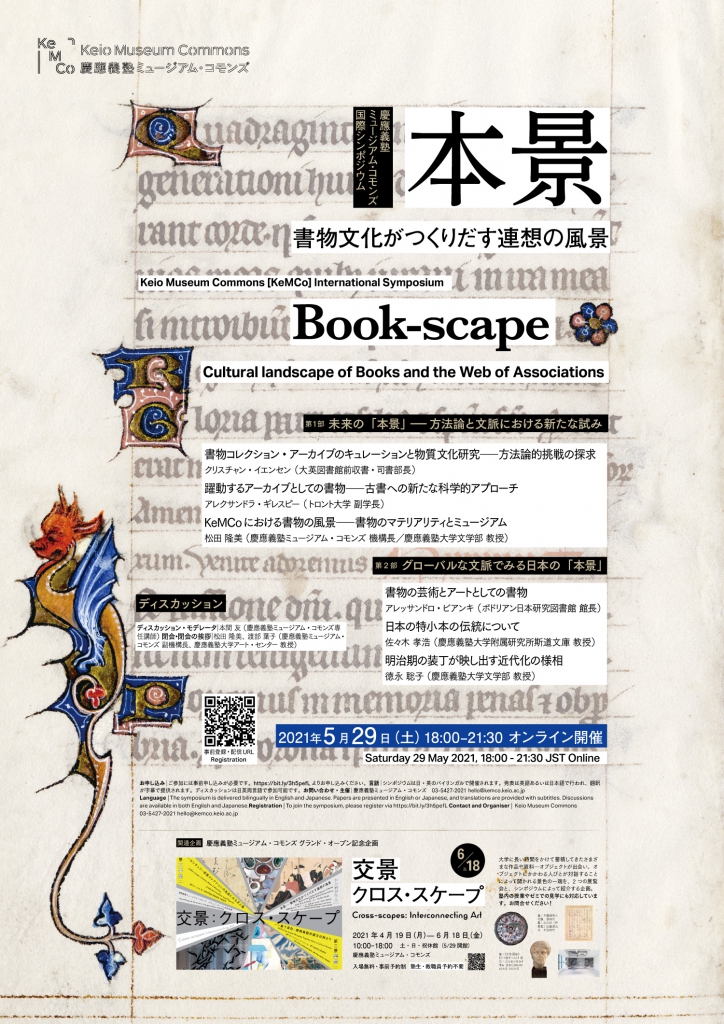
Organiser
Keio Museum Commons
